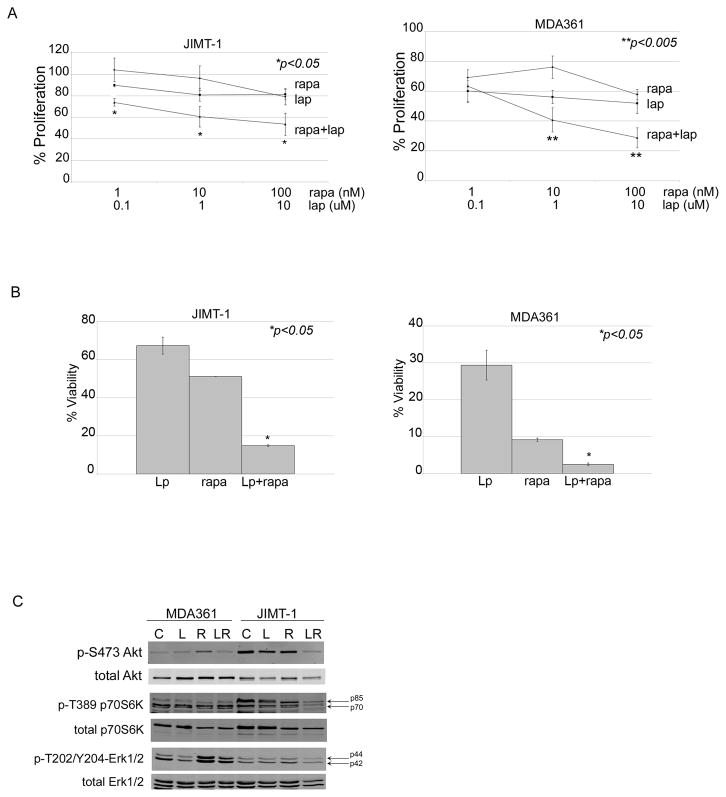Figure 5. Rapamycin increases lapatinib sensitivity of HER2-overexpressing breast cancer cells with primary trastuzumab resistance.
(A) JIMT-1 and MDA361 cells were treated with rapamycin alone, lapatinib alone, or combination rapamycin plus lapatinib at indicated doses for 6 days. Proliferation was then measured by MTS assay. Values represent the average of 6 replicates per group as a percentage of DMSO-treated cells per treatment group. Error bars represent standard deviation between replicates. P-values were determined by t-test for each combination versus corresponding dose of lapatinib; *p<0.05, **p<0.005. Experiments were repeated twice with reproducible results. (B) JIMT-1 and MDA361 cells were plated in matrigel and treated with DMSO, 10 nM rapamycin (rapa), 1 μM lapatinib (Lp), or a combination of 10 nM rapamycin plus 1 μM lapatinib. Media plus drugs were changed every 3 days for approximately 3–4 weeks. Matrigel was dissolved with dispase, and viable cells were counted by trypan blue. Viability is shown as a percentage of the DMSO control group, and reflects an average of 3 replicates per treatment group. Error bars represent standard deviation between replicates. P-value was determined by t-test for combination treatment versus lapatinib alone; *p<0.05, **p<0.005. (C) MDA361 and JIMT-1 cells were treated with DMSO (C), 10 μM lapatinib (L), 100 nM rapamycin (R), or a combination of 100 nM rapamycin plus 10 μM lapatinib (LR) for 48 h, lysed for total protein, and immunoblotted for p-S473 Akt, total Akt, p-T389 p70S6K, total p70S6K, p-T202/Y204 Erk1/2, or total Erk1/2.

